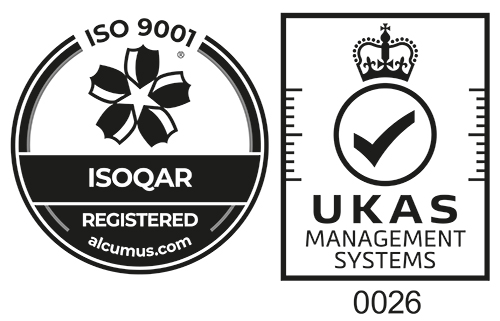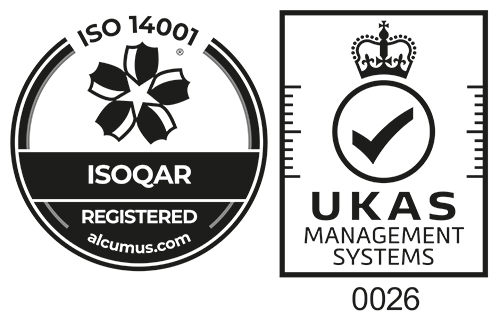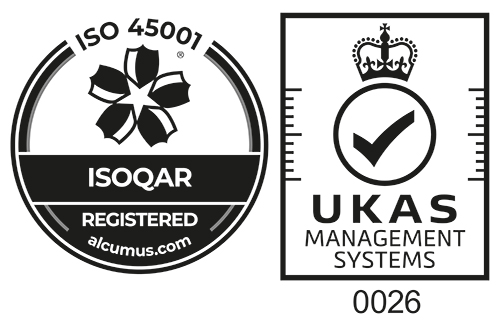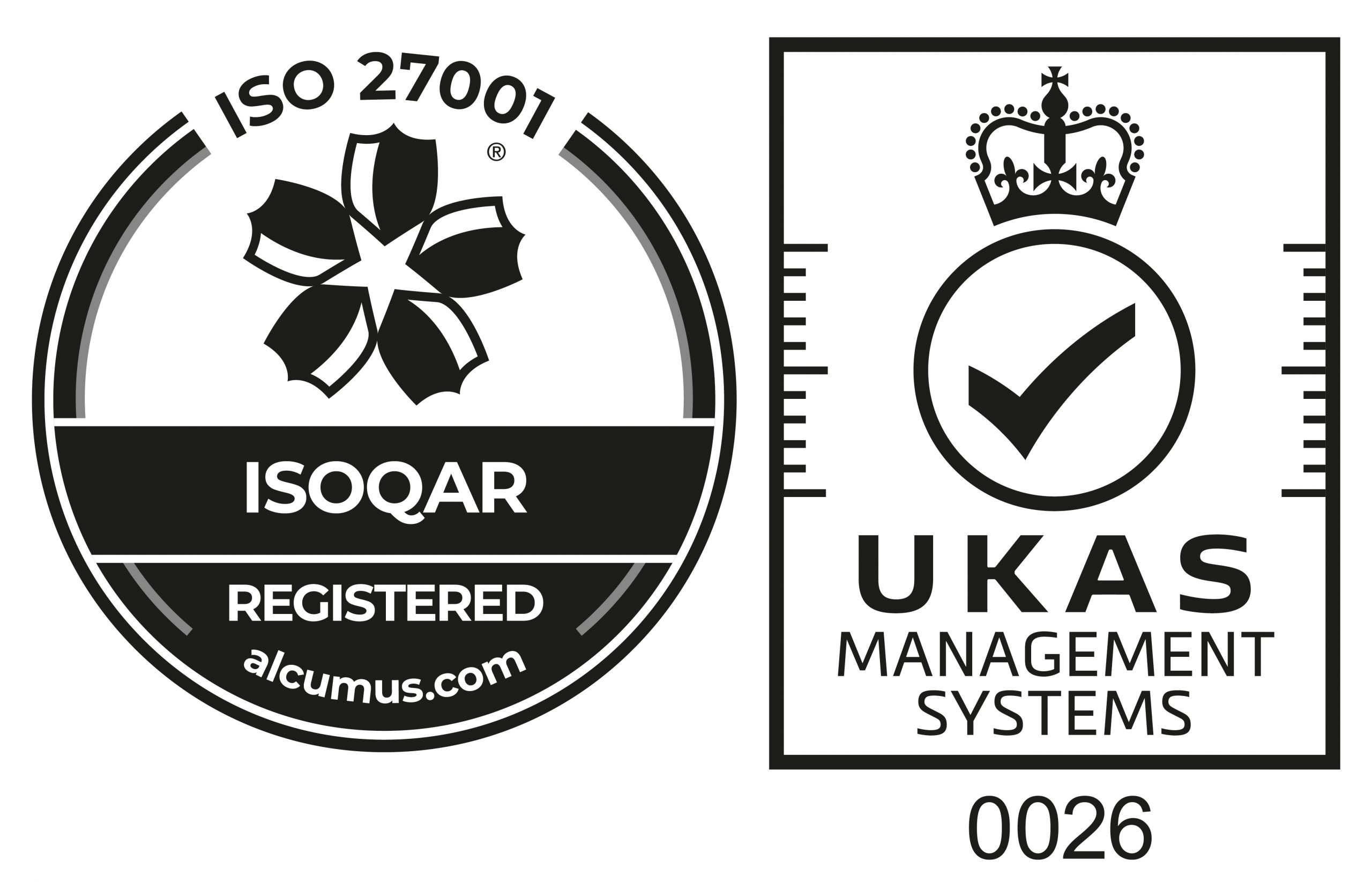COVID-19 Response Solutions: Temperature measurement solution integrated with access control
An advanced temperature measurement solution integrated with Biosite Access Control bolstered Bouygues UK’s response to coronavirus on site.
BACKGROUND
As part of the response to COVID-19, the team at Bouygues UK were looking to implement additional safety measures to help manage transmission risk on site. Temperature measurement, along with mandatory mask wearing, quickly became a minimum standard.
The benefits of installing an effective temperature measurement solution included:
- Monitoring operative temperature without the need for manual readings (saving time and reducing close contact risk)
- Integrating automatic and mandatory temperature monitoring with site access control
- Restricting access to site for operatives with a temperature reading in a fever category
SOLUTION
Biosite’s Facial Detection and Temperature Measurement solution is an advanced infrared camera system using 99.8% accurate in-vivo detection technology. The unit works in conjunction with Biosite Access Control and can be installed at entrance and exit points to monitor operative temperature safely and efficiently before access to site is granted. The system takes forehead temperature readings in less than one second, meaning operatives can maintain wearing face masks and quickly and accurately calculates a temperature reading within 0.3℃.
Following a successful trial, the temperature measurement solution has now been deployed on Bouygues projects across the country as part of a minimum site safety standard.
“Within three weeks Biosite had gone from understanding what we were after to trialling an offering on one of our projects.”
“We’ve found it takes less time to do that than having somebody with a thermometer. It’s also more efficient because you’re not paying for a person to do the tests – and we are reducing the risk for an individual manually taking temperatures. So, it’s more efficient both in terms of process and business case.”
“The supply chain feedback was: ‘we feel safer on your projects’.”
Dean Murphy, UK HSQE Director, Bouygues UK
Find out more about our temperature measurement solution and how it could help you keep your site safe. Or you can contact us, or your Biosite representative direct to book a demo today.



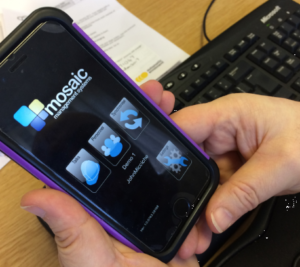 workforce as well as assessing skills gaps.
workforce as well as assessing skills gaps.



